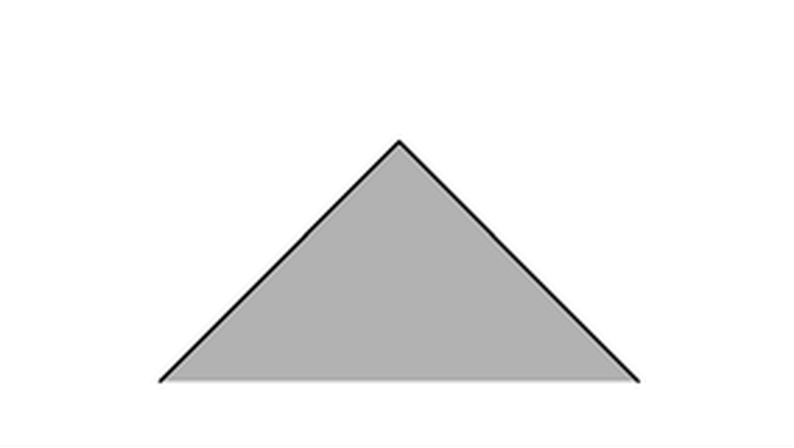million meters per second. And it is common in spacetime physics to draw "light cones" of the kind shown below to indicate the region that will be reached by a light signal emitted from a particular position in space at a particular time. So what is the analog of this in a causal network?
The answer is straightforward, for the very definition of a causal network shows that to see how the effects of a particular event spread one just has to follow the successive connections from it in the causal network.
But in the abstract there is no reason that these connections should lead to points that can in any way be viewed as nearby in space. Among the various kinds of underlying systems that I have studied in this book many have no particular locality in their basic rules. But the particular kinds of systems I have discussed for both strings and networks in the past few sections [10, 11, 12] do have a certain locality, in that each individual replacement they make involves only a few nearby elements.
One might choose to consider systems like these just because it seems easier to specify their rules. But their locality also seems important in giving rise to anything that one can reasonably recognize as space.
For without it there will tend to be no particular way to match up corresponding parts in successive slices through the causal networks that are produced. And as a result there will not be the consistency between successive slices necessary to have a stable notion of space.
In the case of substitution systems for strings, locality of underlying replacement rules immediately implies overall locality of effects in the system. For the different elements in the system are always just laid out in a one-dimensional string, with the result that local replacement rules can only ever propagate effects to nearby elements in the string—much like in a one-dimensional cellular automaton.
If one is dealing with an underlying system based on networks, however, then the situation can be somewhat more complicated. For as we discussed several sections ago—and will discuss again in the final sections of this chapter—there will typically be only an approximate correspondence between the structure of the network and the structure of ordinary space. And so for example—as we will discuss later in connection with quantum phenomena—there may sometimes be a kind of thread that connects parts of the network that would not

Schematic illustration of a light cone in physics. Light emitted at a point in space will normally spread out with time into a cone, whose cross-section is shown schematically here.



